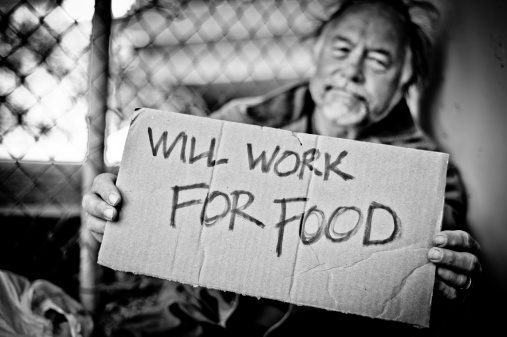Michigan’s Unemployment Rate Creeps Up, Now Fourth Highest in Nation
DUE TO THE shutdown of the federal government, Bureau of Labor Statistics data collection, analysis, and dissemination activities were suspended from October 1 through October 16. The September 2013 Regional and State Employment and Unemployment news release and the September 2013 Metropolitan Area Employment and Unemployment news release, which contain preliminary September estimates, were published. Final September data was included with the publication of the October news release data, sent out on November 8th. The news for Michigan is both good and bad.
Under Governor Rick Snyder’s administration, Michigan’s unemployment rate has crept up from 8.5 percent in March 2013 to 9.0 percent as of August 2013. Michigan is currently the state with the 4th highest rate of unemployment in the nation. Nevada tops that list with a rate of 9.5 percent.
While the civilian labor force has grown over the past six months in the state, as well as the number of individuals employed, the number of Michigan residents who are unemployed rose, as well, from 396,000 to 424,000 individuals.
In November 2010, when Governor Rick Snyder took office, the according to the U.S. Bureau of Labor Michigan’s unemployment rate was 11.6 percent and there were 545,340 individuals unemployed.
Over the past six months, Michigan has added approximately 6,000 manufacturing and 10,000 professional and business services jobs. Those increases rank among the highest in the industries tracked by the U.S. Bureau of Labor. The other industry in the state in which a large number of jobs were created is the leisure and hospitality sector. Between March 2013 and August 2013, Michigan added approximately 10,000 jobs in that industry, as well. Average hourly earnings of all employees in that industry top out at $13.50 per hour with average hours worked at 24.9 per week.
In other words, Michigan’s economy added jobs, but more than one-third of the jobs added over the past six months have been in an industry which employs workers part-time and pays wages that do not bring a family of four above the $23,500 federal poverty level.
Jobs created in the other growth sector, professional and business services, pay significantly better. On average these jobs pay $28.54 per hour for all employees, with average hours worked 36 per week.
In Ann Arbor, the unemployment rate rose from 5.1 percent in March 2013 to 6.2 percent in August of 2013. Over the last six months, the city has seen the total number of people employed drop by 4,200. The number of people in Ann Arbor’s civilian labor force, the number of people employed and the total nonfarm wage and salary numbers all declined between March and August 2013, according to the U.S. Bureau of Labor data.
Unlike state-wide, where a large percentage of jobs created were lower-paying service industry positions, in Ann Arbor job growth was centered around both low-paying and high-paying industries, such as the leisure and hospitality sector (1,800 jobs added), professional and business services (1,400 jobs added), as well as trade, transportation and utilities. Employment in all of those industries is up on a year over year basis. Over the past six months, the number of jobs on the education and health service industry has dipped slightly, from 26,900 jobs to 26,400 jobs.
Over the past six years, Ann Arbor’s total nonfarm workforce has increased from 197,100 individuals to 201,800 individuals. The city’s workforce was at its largest in November 2004, when 211,000 individuals were employed, and at its smallest in August 2009, when there were 188,200 people in the city’s nonfarm workforce.
As of August 2013, there were 11,365 people unemployed in Ann Arbor, the highest number of unemployed individuals since July of 2012, when there were there were 12,899 people looking for work.

